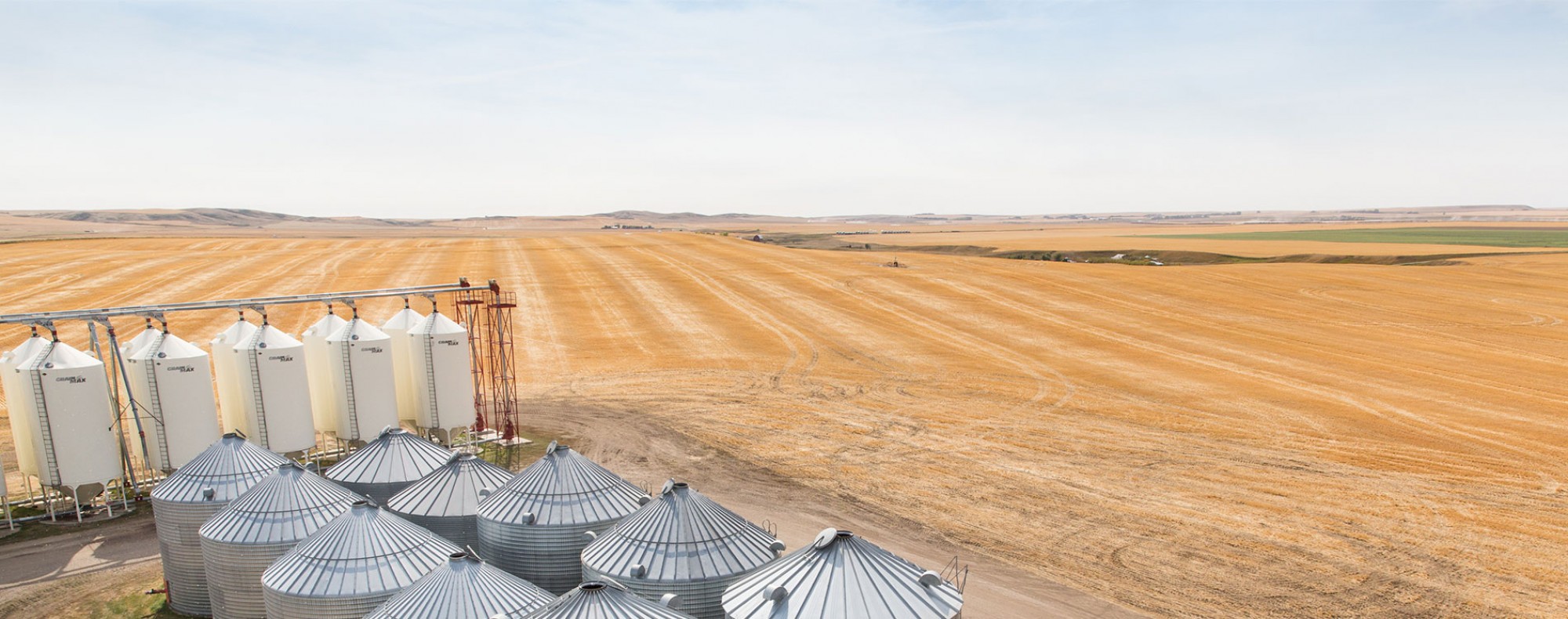Evaluating new next-generation strategies to boost breeding efficiency for feed and forage production in barley and triticale
Dr. Flavio Capettini and Dr. Jennifer Zantinge, Field Crop Development Centre, Lacombe
Start date: December 23, 2020
End date: April 30, 2026
Alberta Barley’s contribution: $19,895
The purpose of this project is to enhance our feed and forage barley and triticale breeding programs by optimizing the application of the most recent molecular techniques. Next-generation technologies will be employed to increase the rate of genetic improvement in feed and forage barley and triticale. Traits to be targeted are yield potential and stability, lodging resistance, NUE, feed and forage quality and disease resistance. Within each phase of the breeding cycle, new technologies and breeding strategies will be continually applied and tested to increase breeding efficiency.
Our overall objectives include the application of NGG technologies for MAS combined with improved phenotyping strategies. The data collected within this project will be a valuable asset to researchers for future marker identification and development. More specific details for each breeding phase are listed below. We already developed barley Nested Association Mapping (NAM) populations and barley and triticale genotyping data generated with this project will be a useful public resource for the Alberta and Canadian barley and triticale research community and will be made available to other research groups for phenotyping traits, molecular markers, genomic selection, bioinformatics and metagenomics analysis. Meanwhile, the new molecular markers identified will improve MAS accuracy, and the ability of breeders to follow the transfer of genes important in local varieties. New FCDC pre-breeding lines in barley and triticale programs will be genotyped against relevant markers to serve as a genetic database for breeders, providing them with new tools to better select parents, breeding lines, barley and triticale genes and genetic markers.
